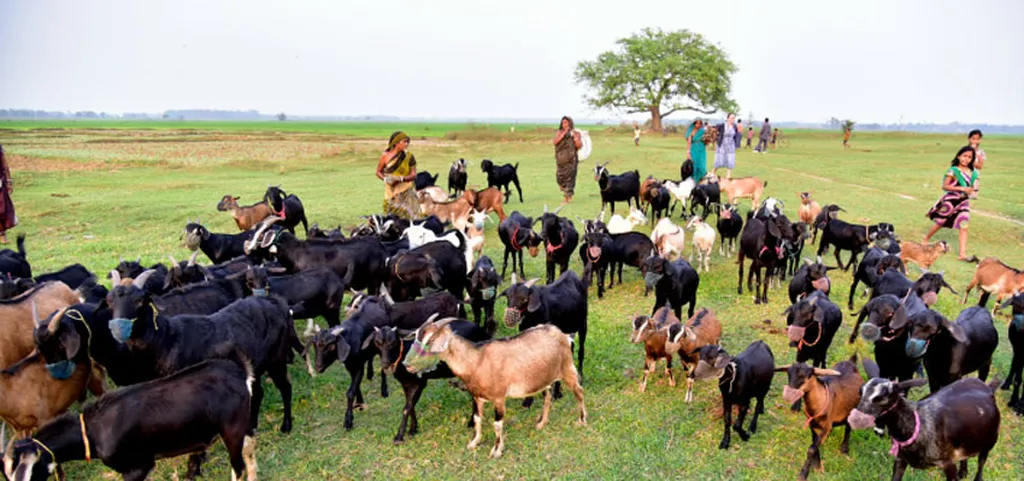In the heart of South Sulawesi, Indonesia, a pressing challenge unfolds: the demand for beef is rising, but domestic production is struggling to keep pace. The culprits? Poor grazing land management and the mounting pressure of cattle populations. Enter Sema Sema, a researcher from the Doctoral Program of Agricultural Science at Universitas Hasanuddin, who has developed a system dynamics model to tackle this very issue in East Luwu Regency, a significant cattle production hub.
Sema’s study, published in the ‘Caraka Tani: Journal of Sustainable Agriculture’, integrates the complex dynamics of grazing land and cattle populations through causal loop and stock-flow diagrams. The model reveals a stark reality: from 2020 to 2024, the average grazing land area was a mere 3,013.72 hectares, with a declining maximum carrying capacity. Meanwhile, the cattle population, averaging 20,411 heads, was decreasing annually by 1,036.5 heads, with a critically low feed ratio of just 0.03% per day.
“The situation is dire,” Sema explains. “Grazing land and cattle populations in East Luwu are undergoing considerable degradation. Immediate and effective management strategies are crucial for long-term sustainability.”
To prioritize management strategies, Sema employed the analytical hierarchy process (AHP). The results were clear: the Integrated Feed Management and Population Control (IFM-PC) strategy emerged as the top performer across sustainability criteria, while the reduced stocking rate (SR↓/ha) ranked the lowest.
The commercial impacts of this research are substantial. For the agriculture sector, the implementation of IFM-PC could revolutionize beef cattle farming, ensuring a steady supply of beef to meet the growing demand. This could translate into significant economic benefits, from increased cattle production to improved livelihoods for farmers.
Moreover, the system dynamics model developed by Sema offers a powerful tool for predicting and managing the complex interactions between grazing land and cattle populations. This could pave the way for more sustainable and resilient beef cattle farming practices, not just in East Luwu, but potentially in other regions facing similar challenges.
As the world grapples with the dual challenges of food security and environmental sustainability, research like Sema’s shines a beacon of hope. By harnessing the power of system dynamics modeling and strategic planning, we can forge a path towards a more sustainable future for beef cattle farming.

